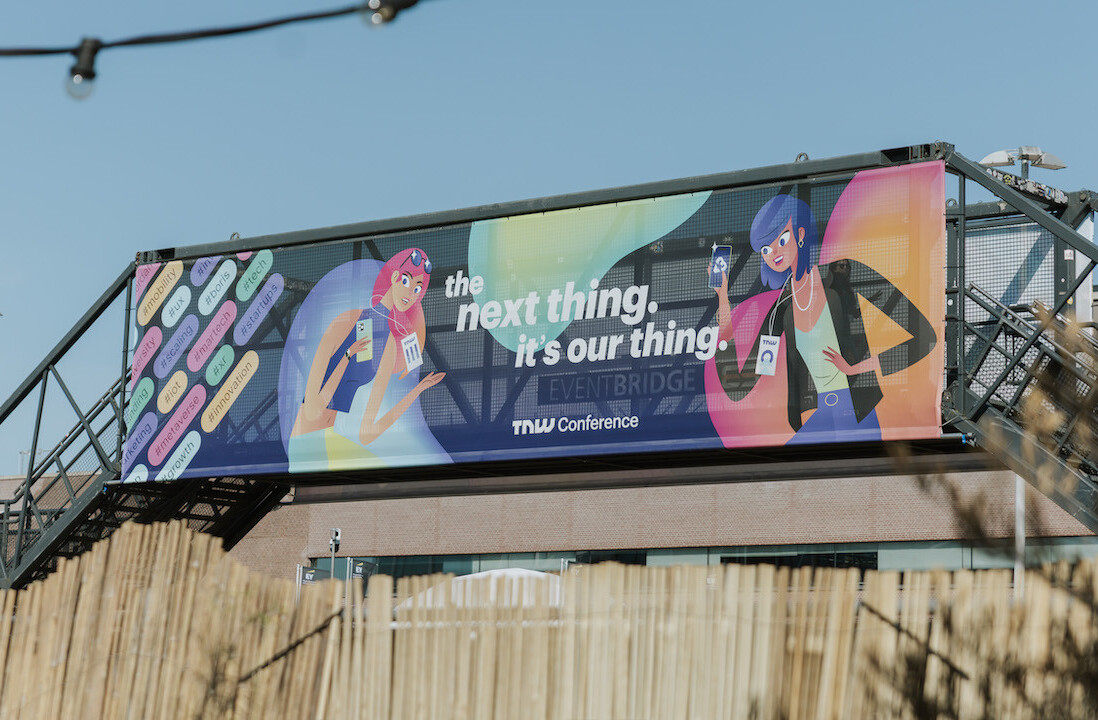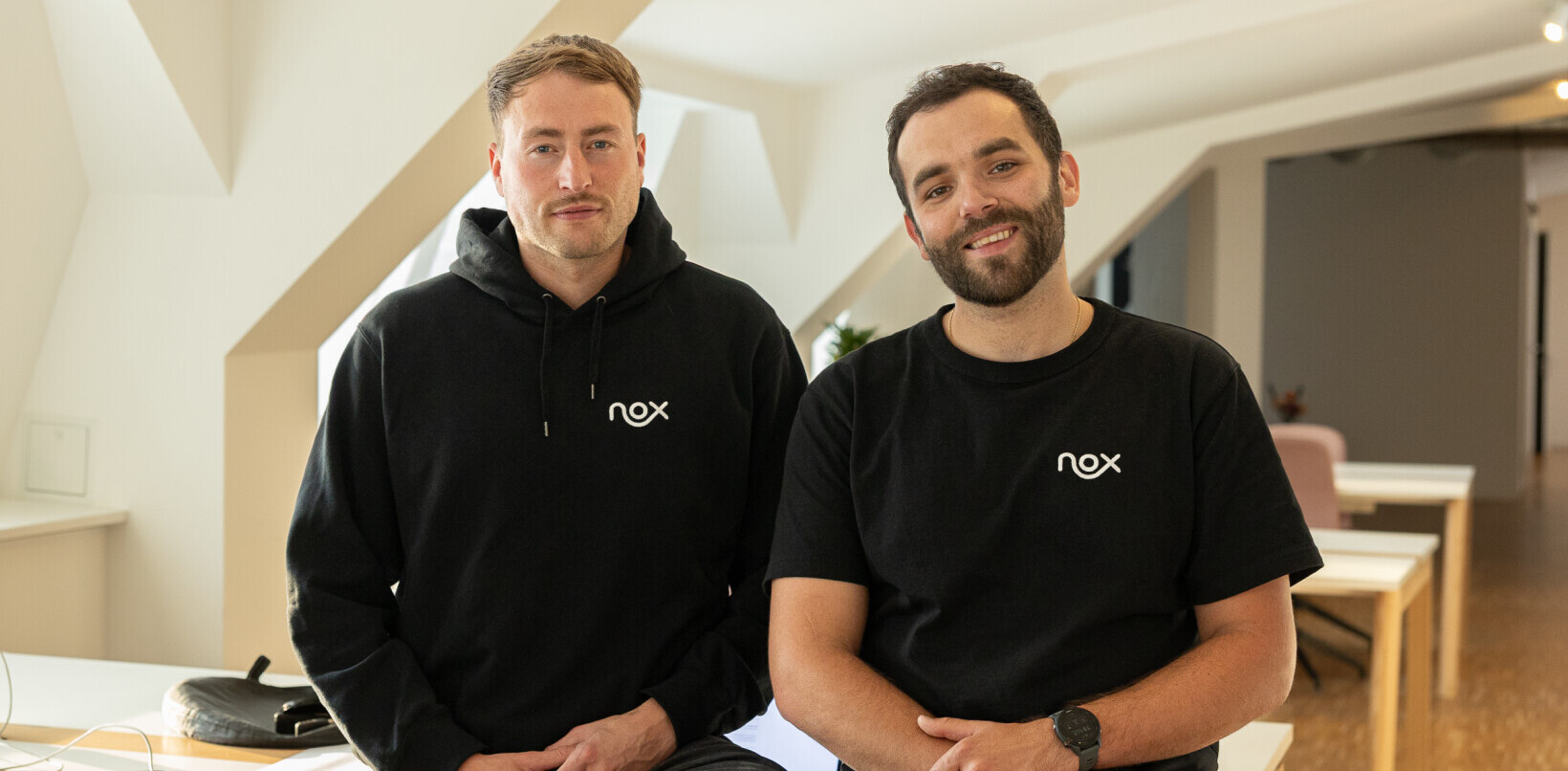
Nine out of ten organizations will be combining remote and on-site working in the post-pandemic future of work. That’s what the latest McKinsey research says. This new model will dramatically change the way we function and the way we meet.
Getting meetings right will be imperative for any business leader — whether they run a startup or big corporation — to create an inclusive and productive environment where people can thrive.
Here are five tested meeting design tactics that have worked for me and my team.
1. Ask everyone to join from their own computer
Even if there’s just one online participant, you should treat your whole meeting as a virtual one. It’s the only way to level the playing field for the online audience.
During our team meetings of up to 15 people, we ask all colleagues in the room to bring their own laptops and turn on their cameras individually.

Using this tactic, don’t forget to tell people to mute themselves to avoid a horrible echo. Just agree on the person who will share the sound from their computer.
2. Be intentional about engaging online participants first
When people gather in a meeting room, it’s easy for them to forget about their remote colleagues. Our brains are funny that way – people that we see in 3D seem more real and present than the ones on the screen.
As you enter the meeting, make sure to greet online people by saying something like, “Hey Sarah, thanks for joining us from London.” “Hey Luke, great to have you here with us.” It’s a small gesture that can go a long way.
In case you’ve got a large audience, you can run a simple word cloud poll asking people to submit where they are joining from. It works like a charm. It’s been a hit for the past year at many of the meetings and webinars we’ve run.

Lastly, keep an eye out for people unmuting themselves, and be sensitive to other subtle cues. If I notice that anyone becomes unmuted, it’s a clear sign for me that they want to contribute. I instantly give them a word.
3. Ask for emojis to get instant feedback
One thing we desperately lack in virtual or hybrid meetings is physical feedback. We can hardly see facial reactions or read body language. Emojis can be an effective fix to this. And most video platforms support them these days.

Or if you celebrate a team achievement, just give people a small nudge: “I think it deserves a virtual clap” and celebrate the success altogether with a massive digital clap.
4. Use live polls to make discussions more productive and inclusive
You might also want to get more elaborate feedback from the team to find out what everyone really thinks. Live polling is your best pal here.
The other day we were introducing a new strategy and I wanted to make sure the team was on board.
To do this, I ran a quick poll asking: “On a scale of 1-6, how confident are you that these are the right priorities?” Giving everyone an opportunity to vote and express their opinion was important and empowering. But we didn’t end there. And you shouldn’t either.
Once you collect the results, engage in a discussion with the team. Trigger a conversation by saying something along the lines of: “I can see it makes sense to some of you, as you’ve voted 6. Who wants to share their opinion?” or “Let’s hear from those who voted 4. What are your concerns?”
The discussion that follows is the most valuable part.
5. Take questions throughout the meeting
The old paradigm is to address questions at the very end. We like to challenge that. During our monthly business review meetings, we ask participants to post their questions to Slido throughout the meeting.

To wrap up
Hybrid meetings are here to stay. As business leaders, we need to be intentional about creating an equally valuable experience for both types of audiences — online as well as in-person.
We can accomplish that by using technology to level the playing field, combined with some basic facilitation skills that will invite everyone into the discussion.
Get the TNW newsletter
Get the most important tech news in your inbox each week.




